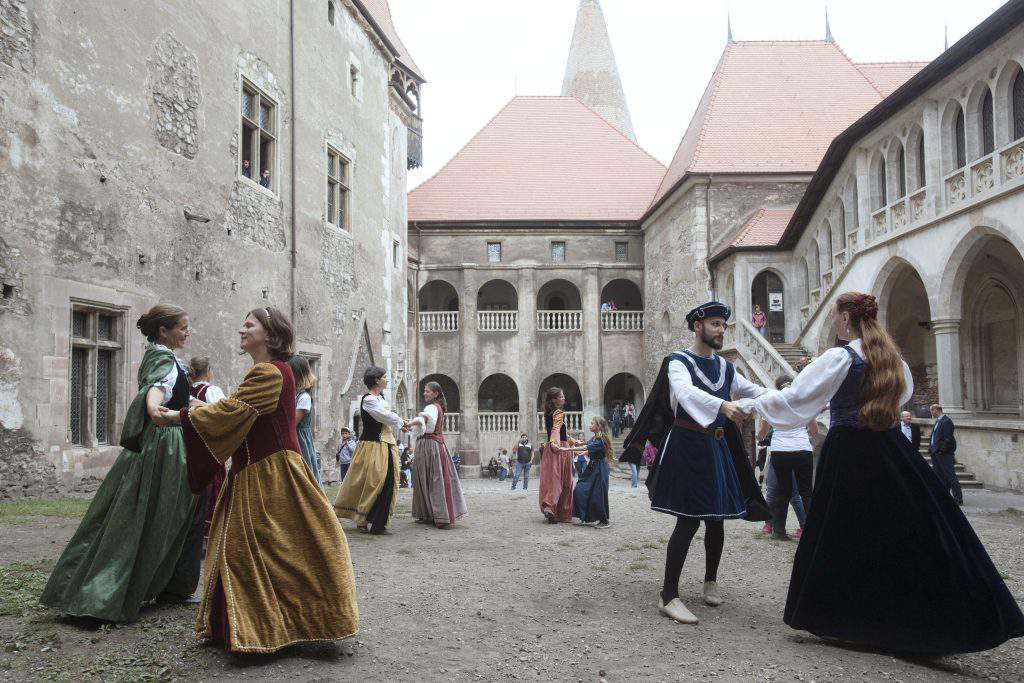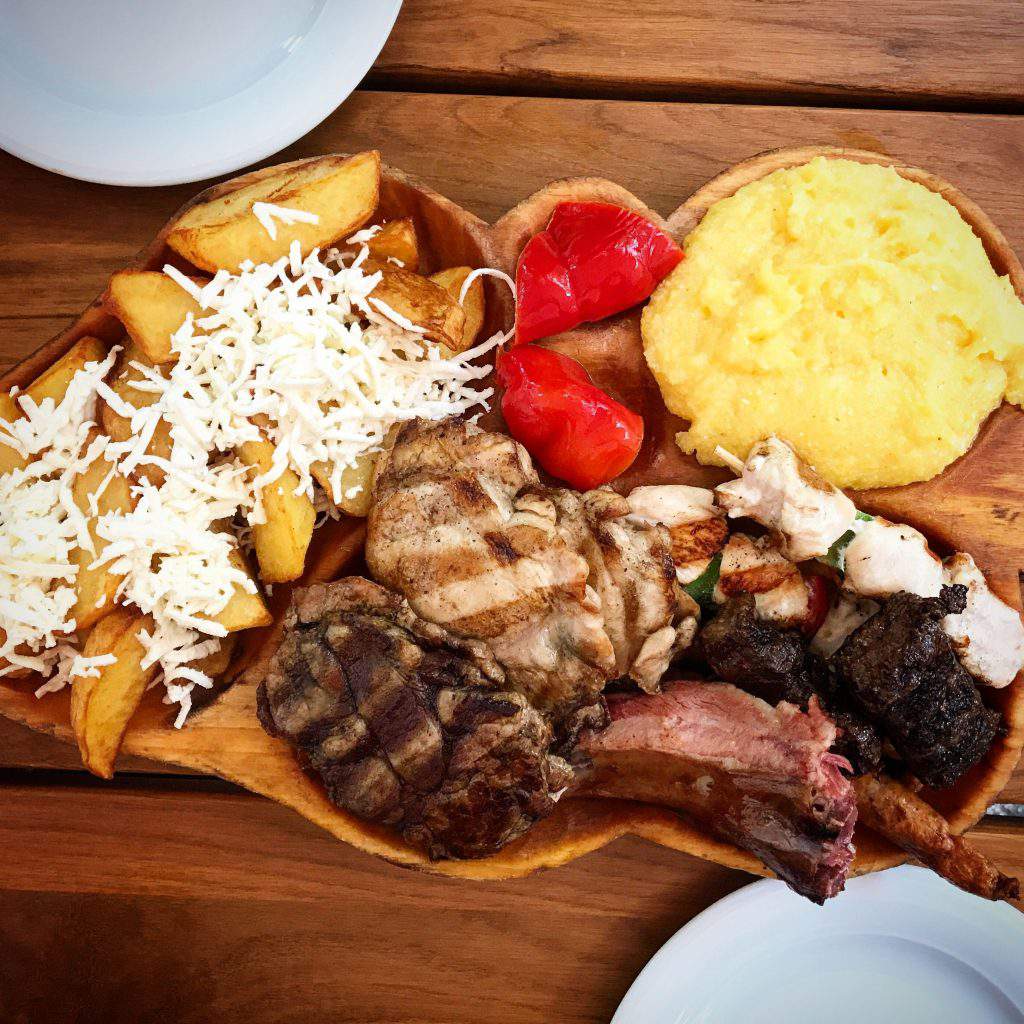Vacationing in Transylvania

According to Tropical Magazin, for many, perhaps, Transylvania (in Hungarian Erdély) isn’t the first thing that comes to mind when they are looking for holiday destinations; however, it would be a great pity to miss out on the recreational possibilities available in the area, of which Transylvania offers a most unique array year-round to visitors: the extraordinary mixture of culture, streams with healing properties, stunning medieval charm and the picturesque landscapes garnered Transylvania international recognition in 2016, when Lonely Planet deemed the area the most visit-worthy. Let us now take a look at some of the recreational possibilities available to visitors in Transylvania!
Cultural attractions
Amateurs of cultural attractions have a wide array of possibilities to fulfil their passion in Transylvania. It is recommended, in particular, to travel to the previously Hungarian area, where a great number of our compatriots live to this day, during Hungarian national holidays. Acquainting one’s self with a particular area’s history is an indispensable part of cultural tourism; tourists are granted the possibility to experience it firsthand in Transylvania, as Dracula’s fatherland is teeming with historical districts and medieval castles. Gyimes (Ghimeș), situated at the border of Transylvania and Moldova, is also worth a visit when festivities take place, if one’s curious about the locals’ traditions as well as folk costumes (not to mention their traditional dishes!)
Naturally, the Castle of Törcsvár (Castelul din Bran), also known as the “Castle of Dracula”, is located in the area as well, in the village of Törcsvár, 30 km away from Brassó (Brasov).

While Bram Stroker never visited the area, he said that he had utilized the illustration of the Castle of Törcsvár in Charles Boner’s “Transylvania: Its Product and its People”, published in 1865, for his work.
Segesvár (Sighișoara), with its colorful buildings, cobble-stone streets and its UNESCO World Heritage medieval city center, is also a tourist destination not to be missed.
The city is perhaps best known as the natal city of Vlad III, also mockingly rebaptized as ‘Vlad the Impaler’ (Vlad Tepes in Romanian) due to his extreme cruelty. This Wallachian voivode also served as inspiration for the iconic Dracula. Its old city attracts tourists with more than the characteristic, old-city-charm, it also boasts of one of Eastern Europe’s best preserved medieval downtowns!
If you like the Castle of Vajdahunyad of Budapest, the original, Transylvanian one, which served as inspiration for the former, is bound to blow you away! Kálmán Mikszáth dubbed the 600-year-old, perfectly preserved Gothic castle “the King of Castles”; it is a veritable treasure trove for those interested in medieval history and art. Considered the most imposing Castle of not only the area but the entirety of Greater Hungary, the Transylvanian Castle of Vajdahunyad was also included in Jules Verne’s classic entitled “80 Days Around the World.”

Despite the fact that this list contains but a few elements, Transylvania offers numerous other entertainment possibilities. The St Nicholas Church of Demsus (Densuș), the Castle of Peles (Castelul Peleș), or the Transfăgărășan highway are all worth a visit. But, truth be told, Transylvania is teeming with so many cultural attractions, among others, that they could fill several books.
Medical tourism
Travelers have the possibility to rest and heal simultaneously in Transylvania.
Let us begin the enumeration with the Félix Baths, called Félix-fürdő in Hungarian and Băile Felix in Romanian; it is the largest thermal spa resort of Transylvania. The daily 17 million, 49 degrees Celsius-hot liters of water are ideal to treat gynecological, cerebral, rheumatologic or musculoskeletal problems.
But it is also ideal for those who wish to simply rest. More than 7000 tourists a year enjoy its relaxation, wellness and kiddie pools, water slides, gyms and saunas. A fun bit of trivia: the nearby warm-water lakes are ideal for exotic florae and faunae.
The Bear Lake (Medve-tó in Hungarian or Lacul Ursu in Romanian), also known as “The Dead Sea of Transylvania” due to its high sodium content, boasts of a spa worth visiting, the wooden villas of it coming very close to rivaling the spellbinding scenery of Sovata. Its baths, the water of which can reach up to 35 degrees Celsius, brings relief to those afflicted with cutaneous or musculoskeletal problems.
The wellness center of Parajd (Praid) attracts visitors from all over Europe with the well-known healing properties of the salt of Praid. Its thermal waters are ideal for treating musculoskeletal, articular, gynecological or cutaneous problems.
Those looking for vacations linked with physical healing have innumerable opportunities to do so in Transylvania, as the area is teeming with artesian waters and medicinal springs. Out of all its thermal baths and spas, those located in Déva (Deva), Maroshévíz (Toplița), and Tusnádfürdő (Băile Tușnad), are perhaps the ones worthiest of visiting.

Skiing
Poiana Brasov, located only 12 km from Brassó (Brasov) is not only Transylvania’s most exclusive ski resort, but Romania’s as well. It’s Olympic-level slopes welcome skiers of all degrees, but its most adapted to those at a beginner or intermediate level. After skiing, it is recommended to get a taste of the local, Transylvanian cuisine in one of the nearby restaurants, and those who still have the energy for it, can also get a taste of the local nightlife in bars and clubs in the neighborhood.
There are several reasons to visit the ski paradise of Straja, which attracts amateurs of ski with its affordable prices, breathtaking landscapes, and a particularly long ski season (lasting from November until April). Moreover, its 12 slopes are lit up even during the night, making it the perfect spot for skiing during sunset or the night.
The ski resort of Suior, Máramaros (Maramureș) is best to visit during the winter. Its 12 slopes are ideal for skiers with a beginner or intermediate levels. If one tires from all the exercise, it is recommended to visit the nearby “Happy Cemetery” of Szaplonca (Săpânța), or the eight wooden churches that are UNESCO World Heritage sites, also located in the area.
Transylvania is teeming with ski resorts as well: though they did not make it onto the list, the slopes of Szebenjuharos (Păltiniș), Szováta (Sovata) and Kovászna (Covasna) are also worth a mention.
Gastro-tourism
In addition to its natural and historical wonders, Transylvania’s cuisine is noteworthy as well. After a long day spent walking in nature, exploring the city, skiing or simply recharging in a spa, it is refreshing to enter a local restaurant, where Transylvanians charm visitors with their extraordinary food.
Transylvanian cuisine is characterized by a generous and varied utilization of green spices; according to some, no other cuisine uses as much of it for cooking.
I recommend it only to those who appreciate strong favors! Another fun bit of trivia is that the particularly popular fruit soups are often consumed with fried fish on the side. Pastries also reign over pasta.

We owe numerous culinary specialties to Transylvanian cuisine. If I had to highlight some, I would definitely highlight its most famous export – which has conquered all of Eastern Europe –, the chimney cakes, which need no further introduction, I believe. For those looking for unforgettable, unique but nevertheless Hungarian flavors, it is recommended to try the Transylvanian stuffed cabbage, tripe soup, or the delicious hominy’s various versions.
Local cheeses, butters, fruit jellies and syrups are also worth mentioning; these can be easily found in all Transylvanian towns and villages, and are also always fresh.
Featured image: MTI
Source: by Szonja BALOGH





